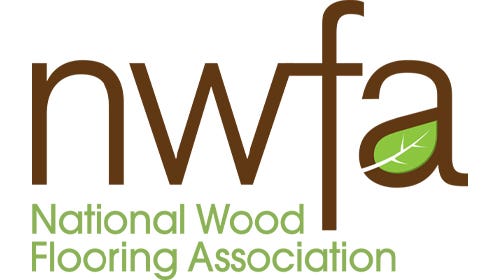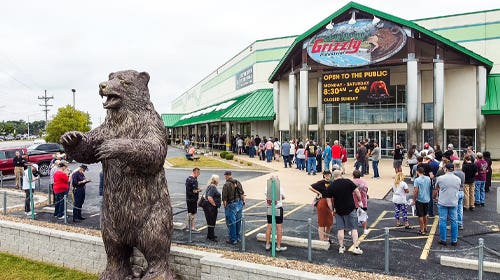The worm has turned for ambrosia maple
While soft maple is always in high demand, one of its offshoots, ambrosia or wormy maple, has gained some ground in the design industry over recent years.
While soft maple is always in high demand, one of its offshoots, ambrosia or wormy maple, has gained some ground in the design industry over recent years. Although just the idea of wormy wood may be rather unappealing in the minds of customers who’ve not seen it, lumber suppliers know that showing them the creative things that can be done with this multi-colored wood makes it more desirable.
“I remember 25 years ago, if you had worms in your soft maple, the customers would reject it. Today it’s one of the most popular things we’re selling,” says Doug White of Doug White Hardwoods in Marissa, Ill.
Not a distinct species, ambrosia maple is typically derived from red maple (Acer rebrum) and grows mostly in the eastern United States. It offers a spectacular multi-colored pattern of gray and purple hues that is left by the fungus of the ambrosia beetle.
White sees ambrosia going into a variety of projects, such as furniture, accent pieces, turnings, and more. “It’s just something unique and more on the rustic side and that seems to be the trend, like knotty alder and knotty hickory. It’s beautiful,” he says. “But ambrosia is hard to get sometimes. I can’t always get it when I want it. I have some more coming in, but it’s not always available.
“Like anything else around here, demand for it comes and goes,” says Josh Nozick of Freestate Timbers in Timonium, Md. “I’m not seeing particularly high demand for it at the moment, although the demand that I am seeing has been more for live edge slabs rather than straight line lumber. It can provide a unique look for a table or vanity top.
“The big thing to know is that some of the places that sell it under the name ambrosia maple may charge more for it than people like me who sell it under the name wormy maple. Ambrosia maple just sounds fancier.”
Scott Roberts, of Roberts Plywood in Deer Park, N.Y., says most of maple he sells is soft maple for paint-grade work, but the ambrosia sells well with clients seeking to make niche projects and distinguish their work.
“The red maple tree gets attacked by the ambrosia beetle and it causes these very artistic patterns and little boring holes and silver streaks when water gets in it. It’s really neat. Very artistic looking, it is. It’s not a wood for top quality architectural furniture but for artistic pieces,” says Roberts.
Wormy maple (4/4) was quoted at $4-$5/bf in May. Prices were higher for ambrosia maple.
This article was originally published in the June 2023 issue.







